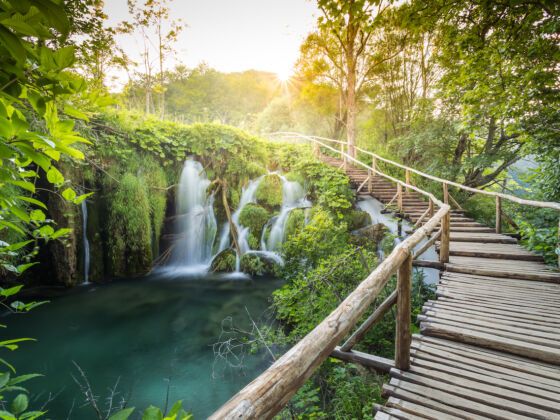Getting There
Getting to Plitvice (pronounced plit-veet-seh) is pretty easy. Just jump into a car and follow the road signs. The other option is to take the bus. However, the lakes are in the middle of the run, so while the bus will drop you off, full buses won’t always stop on the way back.
Tip: Rentals are available at local airports. Hit the tourist office for more information on tourist taxis and tour buses.
